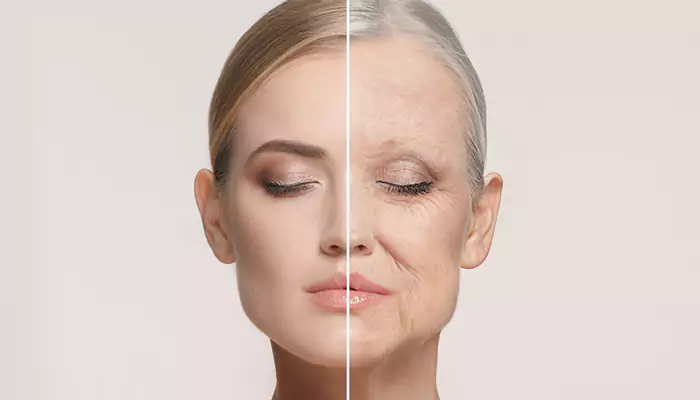Beyond Wrinkles – Delving into the Wear-and-Tear Theory of Aging
Aging is a universal phenomenon, a common thread binding all living organisms.
- Ishani Karmakar
- 18 March, 2024
- 2 mins ago

Beyond Wrinkles – Delving into the Wear-and-Tear Theory of Aging
Aging is a universal phenomenon, a common thread binding all living organisms.
From the tiniest microbe to the largest mammals, each entity undergoes aging, an inevitable biological process that leads to a gradual decline in physiological functions. While the cosmetic industry has long focused on aging's superficial aspects, such as wrinkles and gray hair, scientists have delved deeper into its biological essence. Among the various theories proposed to explain why we age, the Wear-and-Tear Theory stands out for its intuitive appeal and historical significance.
The Genesis of the Wear-and-Tear Theory
The Wear-and-Tear Theory of aging posits that the body, much like any machine, gradually deteriorates due to accumulated damage from internal and external factors. First proposed in the late 19th century, this theory draws a parallel between living organisms and man-made devices, suggesting that continuous use wears out our bodily tissues and systems, leading to aging and eventual death. Over time, environmental toxins, repeated physical and emotional stress, ultraviolet radiation, and even the by-products of normal metabolism contribute to this cumulative damage.
Scientific Underpinnings and Challenges
At the cellular level, the Wear-and-Tear Theory is supported by the observation of accumulated damage to DNA, proteins, and lipids. Oxidative stress, resulting from an imbalance between free radicals (unstable molecules that can damage cells) and antioxidants, is a key player in this process. Free radicals can cause mutations in DNA, denature proteins, and oxidize lipids, leading to impaired cell function and death.
However, the theory faces challenges, especially when considering the remarkable repair mechanisms inherent in biological organisms. Cells have evolved sophisticated systems to repair damaged DNA, detoxify harmful substances, and replace dead cells. This resilience suggests that wear and tear alone cannot fully explain the aging process. Additionally, the theory struggles to account for the fact that different species, and even individuals within the same species, age at vastly different rates, indicating that genetic factors also play a crucial role in determining lifespan.
Expanding the Framework – Integration with Modern Theories
Modern research has expanded the Wear-and-Tear Theory into a more nuanced understanding of aging that integrates genetic, environmental, and lifestyle factors. The theory now intersects with other aging theories, such as the Telomere Shortening Theory, which suggests that aging occurs as telomeres (protective caps at the ends of chromosomes) become progressively shorter with each cell division, eventually leading to cell death or dysfunction.
Moreover, the Mitochondrial Theory of Aging complements the Wear-and-Tear perspective by highlighting the role of mitochondrial dysfunction in aging. Mitochondria, the powerhouses of cells, generate energy but also produce free radicals as by-products. Over time, damage to mitochondrial DNA can lead to a decline in energy production and increased oxidative stress, exacerbating the wear and tear on cells.
Insights and Implications for Longevity

Understanding the mechanisms behind the Wear-and-Tear Theory offers valuable insights into promoting health and longevity. Lifestyle interventions, such as a balanced diet rich in antioxidants, regular physical exercise, and avoiding excessive exposure to harmful environmental factors, can mitigate the effects of wear and tear. Antioxidants, either consumed through diet or supplements, can neutralize free radicals, reducing oxidative stress and potentially slowing the aging process.
The Wear-and-Tear Theory of aging, despite its limitations, remains a pivotal concept in gerontology. It has paved the way for a broader understanding of the aging process, integrating cellular damage, genetic predispositions, and the potential for rejuvenation.







